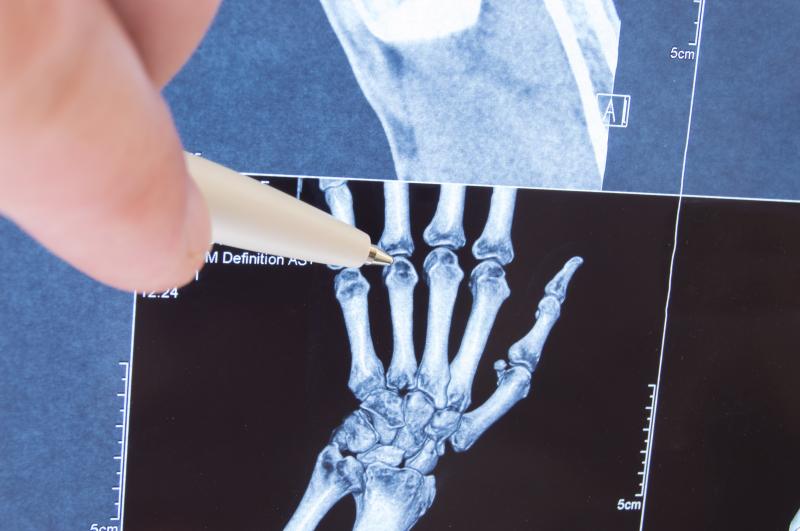
Treatment with canakinumab produces improvements in systemic juvenile idiopathic arthritis (sJIA), which occur shortly after initiation and last up to 6 months, according to the results of an open‐label, active treatment extension study.
The 2-year, single-arm study enrolled 123 active sJIA patients (aged 2 to <20 years), of whom 70 presented with fever, who initiated open‐label canakinumab (4mg/kg every 4 weeks [q4w]) administered subcutaneously. After 2 months of treatment, the patients were allowed to taper glucocorticoids as guided by the protocol. After 6 months, canakinumab was tapered from 4 mg/kg to 2 mg/kg q4w in glucocorticoid-free patients.
Researchers measured efficacy using the adapted JIA American College of Rheumatology (aJIA‐ACR) criteria, Juvenile Arthritis Disease Activity Score (JADAS), and clinically inactive disease (CID)/clinical remission on medication (CR).
The median follow-up duration was 1.8 years, with 84 patients (68.3 percent) completing the study. Treatment induced aJIA‐ACR 50/70/90/100 responses as early as day 15, and the proportion of patients who achieved the respective improvements was similar in the fever (60.0 percent/48.6 percent/37.1 percent/24.3 percent) and no-fever subgroups (67.3 percent/48.1 percent/34.6 percent/19.2 percent). These proportions increased thereafter.
By month 6, 17 patients (24.3 percent) achieved CRJADAS and 26 (37.1 percent) achieved CRACR in the fever subgroup. The corresponding number of patients in the no-fever subgroup was 9 (17.3 percent) and 12 (23.1 percent). Median time to onset of CRJADAS and CRACR was 57 and 30 days, respectively, in the former subgroup, and 58 and 142 days, respectively, in the latter.
An aJIA‐ACR50 response by day 15 strongly predicted CRJADAS (odds ratio [OR], 13, 95 percent confidence interval [CI], 4–42; p<0.0001) or glucocorticoid discontinuation (OR, 19, 95 percent CI, 3–114; p=0.002).
Out of the 71 (57.7 percent) patients who were on glucocorticoids at study entry, 27 (38.0 percent) achieved freedom and 21 (29.6 percent) reached a dose of <0.2 mg/kg/day, with no difference between the fever and no‐fever subgroups. Thirteen patients (10.6 percent) tolerated a sustained canakinumab dose reduction to 2 mg/kg q4w.
No new safety concerns emerged.